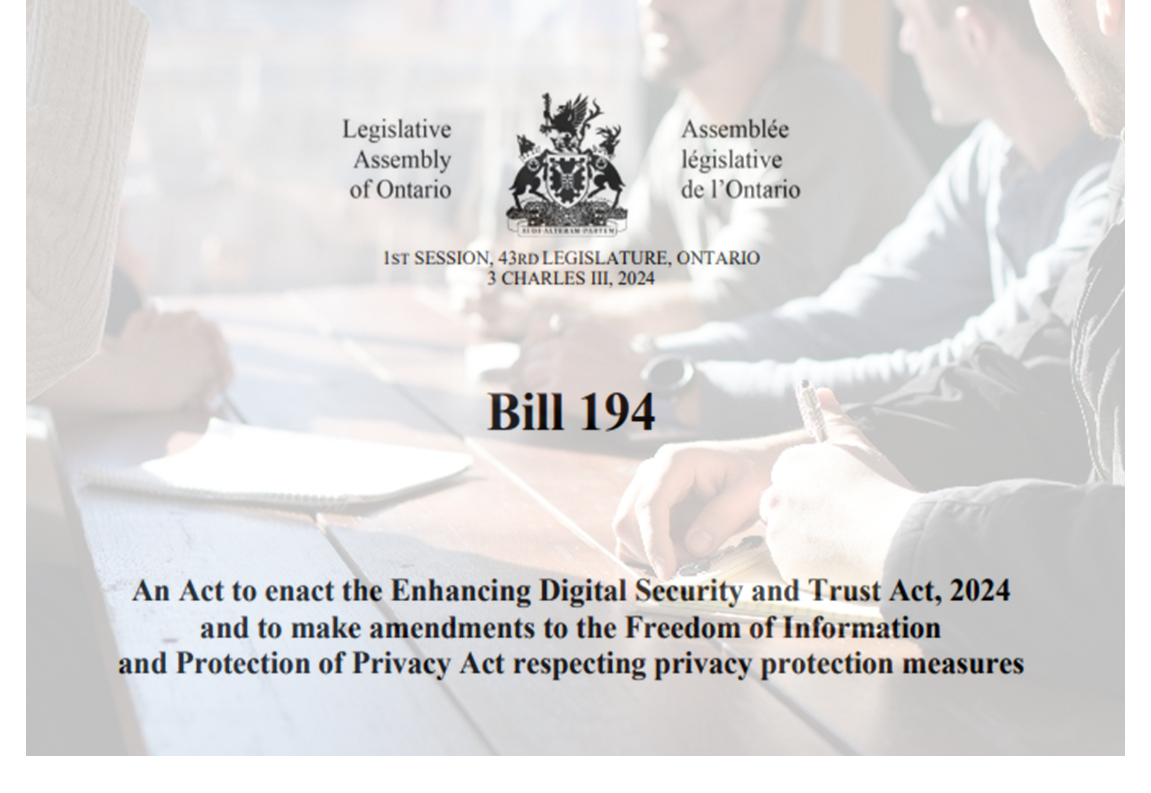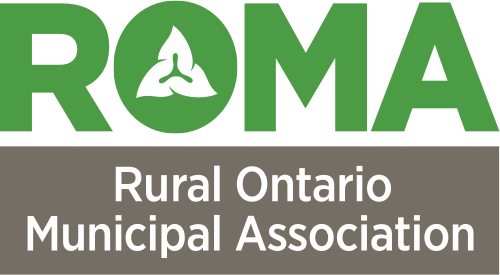Five steps in developing a successful Bill 194 compliance business case
By ISA Cybersecurity
Ontario's Bill 194, Strengthening Cyber Security and Building Trust in the Public Sector Act, sets higher standards for cybersecurity, AI regulation, and privacy compliance for municipal governments and other public sector organizations across the province. But with budget challenges and competing priorities, securing the support for security enhancements may not be as straightforward as you might think. A strategic approach is necessary to define your project and justify funding. Here are five steps to follow to effectively develop a compelling business case that will help you succeed in your efforts to achieve compliance with the new legislation.

1. Form a Compliance Team
The new legislation reaches across many aspects of your operation, so it’s recommended that you appoint dedicated teams that are responsible for maintaining compliance. Cross-functional teams comprised of those departments listed below will help coordination and communication:
- IT
- Cybersecurity
- Legal
- Communications
- Representatives from other operating functions and departments
2. Review the Legislation
With a team in place, it’s essential to familiarize yourself with the key components of Bill 194, which includes the Enhancing Digital Security and Trust Act (EDSTA) and amendments to the Freedom of Information and Protection of Privacy Act (FIPPA). Many provisions of the EDSTA came into effect on January 29, 2025; the FIPPA changes went into force on July 1, 2025.
Some of the key areas to focus on in the new Acts are:
Enhancing Digital Security and Trust Act, 2024 (EDSTA):
- Cybersecurity Requirements: Government agencies and public institutions are required to create and maintain thorough cybersecurity frameworks. This includes foundational cybersecurity measures like authentication, access controls, encryption, and regular assessments. These frameworks should also include clear allocation of internal responsibilities, security awareness training programs for staff, and formal cyber incident response plans, and a governance process to ensure continuous monitoring and evaluation of the cybersecurity program. As the Act gives the Information & Privacy Commissioner (IPC) the power to review the information and privacy practices of an institution, you will need to have clearly documented reporting, compliance, and investigative practices in place.
- Artificial Intelligence (AI) Regulation: This could be one of the most significant areas of change. Government agencies and public institutions are required to develop a formal governance and risk management framework for AI, and maintain documentation about the implementation and use of their AI systems. This requirement goes beyond merely having a general AI use policy: it introduces obligations around having specific policies about the organization’s use of AI systems.
Amendments to the Freedom of Information and Protection of Privacy Act (FIPPA):
- Privacy Impact Assessments (PIA): Institutions are now required to conduct privacy impact assessments before collecting personal information, ensuring that potential privacy risks are identified and mitigated proactively. The Office of the Privacy Commissioner (OPC) has a guide to assist with understanding the PIA process. The guide is targeted at federal public sector institutions, but provides useful guidance for provincial and municipal entities as well.
- Mandatory Breach Reporting: Government agencies and public institutions are required to report privacy breaches to the IPC and notify any individuals whose data may have been disclosed. This is likely something you already have in place, as this requirement already exists under other Canadian privacy laws.

3. Gap, Threat, and Impact Assessment
With a clearer understanding of the requirements imposed by Bill 194, the next step is to conduct a set of standards-based assessments so you can clearly understand what work will be involved in getting into compliance. The following assessments provide insight into any aspects of your current people, processes, and technology that need attention:
- Gap Assessment (GA): A GA evaluates existing security and privacy controls to uncover missing protections or ineffective safeguards (control analysis). In particular, it focuses on your control requirements (from the legislation and other requirements such as internal policies, frameworks aligned with such as NIST/ISO, as well as any regulatory requirements) and gaps in current services that need to be closed to meet the requirements.
- Theat Risk Assessment (TRA): A TRA identifies crown jewels and other valuable assets, includes threat assessment, vulnerability assessment, and control review to evaluate the level of risk to the organization. This helps to scope and prioritize any changes you may need to make.
- Privacy Impact Assessment (PIA): A PIA reviews personal data practices and leverages risk and control insights to ensure compliance with privacy requirements and mitigate data exposure.
The Canadian government offers resources to help with the basics of cybersecurity, applicable to any organization. These fundamentals must be in place as the foundation of a robust cybersecurity framework. Depending on your particular sector, more focused references are available online to assist. For example, for municipalities, the AMO's Municipal Cyber Security Toolkit is a great resource to build knowledge and manage potential cyber risks. ISA Cybersecurity also offers a wealth of experience in conducting these assessments and assisting organizations in planning a way forward.
4. Develop a Maturity Roadmap
With gap assessments and a set of prioritized objectives to meet, a comprehensive roadmap for maturing your cybersecurity program can be developed. This will involve identifying the right team members, external resources, and service providers to assist in achieving your goals efficiently and cost-effectively, from security awareness programs to incident response strategies to ongoing program oversight.
5. Putting it all Together: Present your Case
While “achieving compliance” should be enough of a justification for budget approval, it is important to demonstrate your thought process and strategy when seeking support for your funding requests. To bolster your case for cyber investment:
- Quantify the costs of implementing necessary changes, referring to your roadmap. Show that you have a plan – this is much more effective than a budget “ask” without further context.
- Emphasize the benefits of improved cybersecurity posture, from a data security, efficiency, and reputational standpoint. Elaborate on the ROI of your security programs. Define business objectives and KPIs.
- Highlight the potential risks and costs of non-compliance, leveraging case studies, data from industry reports, and cautionary tales from recent breaches.
By following these steps and conducting a thorough GA, TRA, and PIA, you can effectively prepare for Bill 194 compliance and build a strong case for necessary funding.
ISA Cybersecurity has extensive experience in assisting municipal and provincial public sector organizations to strengthen their security posture. We understand that resources and budgets are tight, so we help you plan and prioritize in a pragmatic way. We offer advisory and assessment services, managed services, incident response retainers – a full range of guidance and services that will help you get into compliance. We can help protect your data, your organization, and your reputation.
To learn more, follow the LAS program link here.





